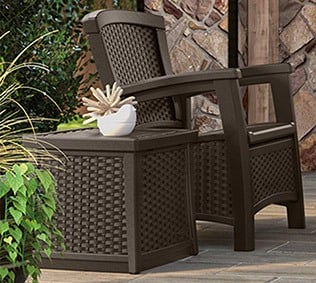Lucid
Building a brand that stands out when copycats rush in
What do you do when buzz and first-mover advantage for your product fades and you’re now fending off “me too!” competitors flooding your category? We helped Hood River and its Absinthe spirit, Lucid, establish a clear brand strategy for growth in an increasingly competitive marketplace.
OVERVIEW
Established in 1934, Hood River Distillers is the largest importer and producer of spirits in the Northwest. In 2013 it acquired the Lucid brand—the first absinthe to be introduced into the United States after the ban on the highly alcoholic spirit was lifted. Novelty and absinthe’s association with psychedelic imagery and tales of hallucinogenic properties (in pre-ban formulations) initially drove Lucid’s sales and dominance in the re-emerging absinthe category.
However, market conditions soon changed considerably. Lucid found itself competing on crowded store shelves with copycat products that rushed in to cash in on the absinthe craze. As buzz around absinthe declined, overall market demand growth slowed, further fueled by hesitancy among consumers and mixologists on how to drink and serve absinthe.
With all these factors converging, how could Hood River move Lucid past being a novelty drink to building a long-term brand strategy to maintain dominance and drive growth?
HOW WE PARTNERED TOGETHER
After extensive research, Bailey worked closely with Hood River to develop a branding program to drive sales of Lucid and clearly communicate to different audiences—key influencers (mixologists, retailers) and consumers.
- Bailey developed a brand promise for Lucid: “A taste of the forbidden and mysterious that allows me to step outside my conventional boundaries” with imagery that communicated an artistic spirit and a speakeasy vibe—a contrast to the psychedelic imagery still relied on by the “me too” brands.
- From that platform came an adoption and use strategy that spoke to these critical audiences:
- Consumers. The brand promise connected to Lucid’s core audience: absinthe purists. Lucid’s message of being first in the marketplace and its authenticity made the brand particularly appealing to discriminating absinthe lovers. The strategy also drove trial in other customers by communicating excitement around Lucid as having an artistic, underground appeal, an allure as a craft cocktail, its versatility as a drink and its French heritage.
- Influencers (mixologists & retailers). As bartenders are key influencers of drink consumers, the strategy recruited mixologists as brand ambassadors. Bailey engaged this group by creating and sending them a sales kit with drink recipes, absinthe serving accessories and educational materials about serving absinthe. As mixologists shared that knowledge and served more artistic absinthe drinks to consumers, they stimulated greater customer understanding and encouraged the adoption of Lucid.
The brand promise also helped to generate excitement and interest to encourage retailers to carry Lucid and use point-of-sale materials we developed in collaboration with Hood River to reinforce the Lucid message.
The Lucid sales kit
The Lucid sales kit, which included an artist’s case, carafe, bottle samplers, proprietary absinthe glass and leather recipe guide, generated significant excitement amongst 50 top mixologists in key markets such as Los Angeles.
WHAT HAPPENED NEXT
Through its collaboration with Bailey, Hood River has a brand strategy and messaging framework going forward that enables it to educate and grow the market for its product while building a brand position that establishes Lucid as the clear and authentic choice in its category. The messaging framework is also designed to allow for the flexibility of Hood River to adjust the scale of the marketing program based on financial costs and market opportunity.



